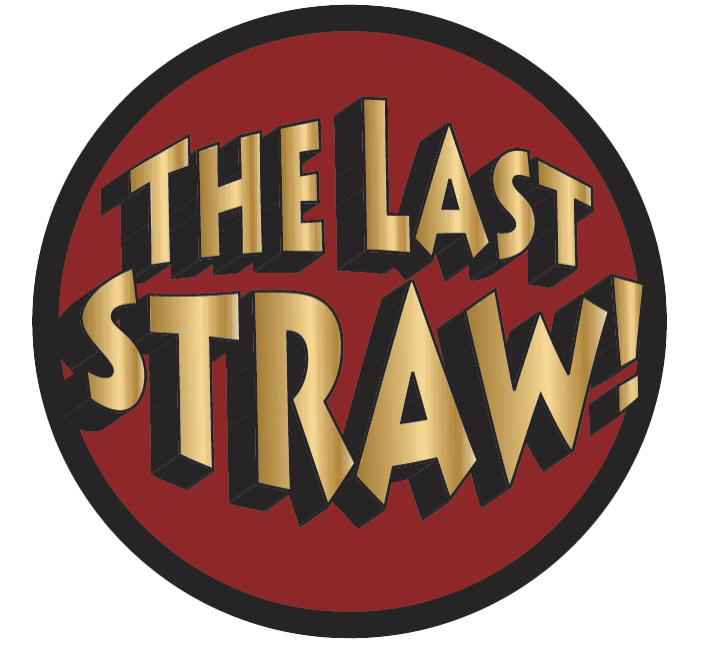The Last Straw! A Board Game on the Social Determinants of Health©
Developed by Kate Rossiter and Kate Reeve
The Last Straw! is a fun and exciting teaching tool on the social determinants of health. The game has three objectives:
to promote learning and discussion about the social determinants of health;
to help players build empathy across social locations and gain an awareness of players' own social position;
to encourage learning in a fun and supportive environment.
In keeping with current research on the social determinants of health, socioeconomic status is a primary determinant of health in this game, as are race, gender, sexual orientation and other factors.
Feedback consistently demonstrates that players gain a better understanding of the social determinants of health and the interplay between forces at individual and community levels. Both players and facilitators ("Game Masters") report having a great time playing the game.
We have also developed a training manual and video to help Game Masters get the most out of the game.
How To Play
The Last Straw! can be played with almost any number of players, from a small group of 4 or 5 to a larger group of 25. We've even adapted it to a lecture theatre! The ideal number is about a dozen.
The Last Straw! takes players through the life cycle where they will encounter "macro" issues such as political climate, economic structure and environmental change, as well as "micro" issues, such as individual finances, education, and family dynamics. Both macro and micro issues impact each character’s health and longevity, however, each character will experience these issues differently based on social location.
Each player develops a character profile that includes gender, socio-economic status and race. The player then receives a set number of “vitality chips” based on this profile.
Each character moves through various life stages, beginning in childhood, moving to adolescence, through adulthood and finally into old age, updating the profile as the character passes from one life stage to the next.
On the board, a character encounters two kinds of squares: individual scenarios, which the Game Master reads out loud out from the Game Guide, and Community Cards, which affect all the characters on the board and are read aloud by the players themselves.
A character then gains or loses vitality chips based on these scenarios and community events.
The character who has the most vitality chips at the end of the game wins!


